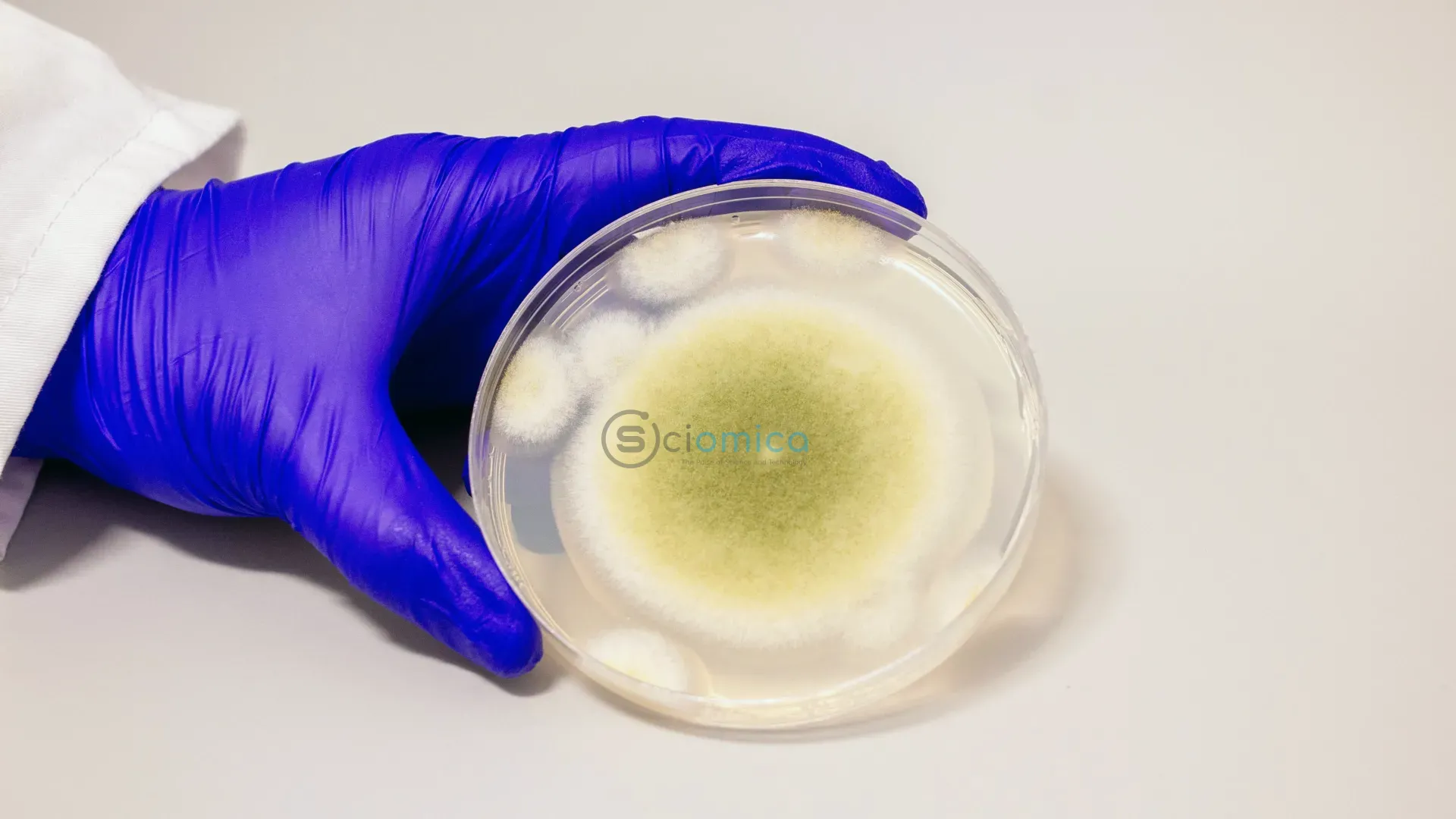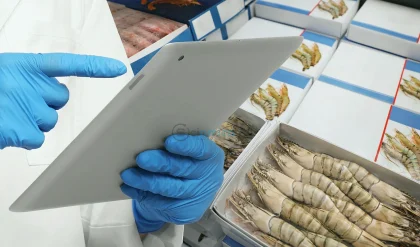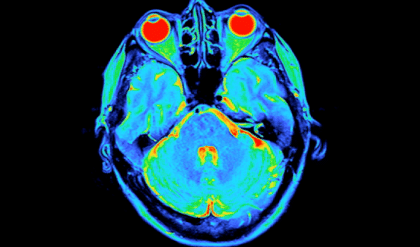
Researchers at the University of Pennsylvania have transformed a lethal fungus into a powerful compound for cancer treatment. By isolating a novel class of molecules derived from Aspergillus flavus—a toxic crop fungus linked to historical fatalities in ancient tomb excavations—the team modified these chemicals and tested their efficacy against leukemia cells. The results revealed a compelling cancer-fighting agent that competes with existing FDA-approved therapies, paving the way for further breakthroughs in fungal-derived medicines.
Sherry Gao, a Presidential Penn Compact Associate Professor in Chemical and Biomolecular Engineering and Bioengineering, emphasized the significance of fungi in medical advancements, drawing a parallel with penicillin. “These findings indicate that the potential for discovering new medicines from natural products is far from exhausted,” Gao stated.
Historically, Aspergillus flavus has garnered a notorious reputation. In the 1920s, the excavation of King Tutankhamun’s tomb was marred by a series of mysterious deaths among the archaeologists, leading to speculation about a pharaoh’s curse. Subsequent investigations linked the deaths to the inhalation of dormant fungal spores within the tomb. In the 1970s, a similar scenario unfolded in Poland, where numerous scientists died after exploring another tomb housing A. flavus, which is known to cause severe lung infections in individuals with weakened immune systems.

In a surprising turn, this same fungus is now being investigated as a source for innovative cancer therapies. The compound identified by the researchers belongs to a class of ribosomally synthesized and post-translationally modified peptides, abbreviated as RiPPs. The complexity of isolating these substances had previously hindered progress, as the majority of known RiPPs have been identified in bacterial sources, leaving fungi largely unexplored. Past misidentifications had also obscured the understanding of how these beneficial compounds were synthesized in fungi.
To uncover additional fungal RiPPs, the research team analyzed various strains of Aspergillus and discovered that A. flavus stood out as particularly noteworthy for further investigation. Genetic analysis identified a specific protein responsible for the production of fungal RiPPs. When the researchers disabled the corresponding genes, the markers for RiPPs vanished, highlighting a novel method of linking genetic and metabolic information for fungal research.
Upon purifying four distinct RiPPs, the scientists found that these molecules shared a unique interlocking ring structure, leading them to name the newly discovered compounds “asperigimycins.” Initial tests revealed that two variants exhibited significant effectiveness against leukemia cells, with one modified version containing a lipid—similar to those found in royal jelly—showing comparable efficacy to conventional leukemia treatments.
Further investigations revealed that the enhancers of potency were linked to a specific gene, SLC46A3, vital for facilitating the entry of asperigimycins into leukemia cells. This gene acts as a “gateway,” indicating that it might also aid the absorption of other cyclic peptides, many of which possess medicinal properties but require modifications for increased cellular delivery.
Through rigorous experimentation, the researchers concluded that asperigimycins interfere with the process of cell division, effectively obstructing the proliferation of cancer cells while sparing healthy ones. This selectivity is crucial for the development of future medications.
With these promising results, the team intends to further investigate the therapeutic potential of asperigimycins in animal models, aiming for eventual human clinical trials. “Nature has given us an incredible pharmacy,” Gao remarked, stressing the importance of harnessing natural resources to develop innovative treatments. This study represents a significant step forward in the realm of cancer therapeutics derived from fungal sources.
Reference:
- Qiuyue Nie, Fanglong Zhao, Xuerong Yu, Mithun C. Madhusudhanan, Caleb Chang, Siting Li, Sandipan Roy Chowdhury, Bryce Kille, Andy Xu, Rory Sharkey, Chunxiao Sun, Hongzhi Zeng, Shuai Liu, Dishu Zhou, Xin Yu, Kevin Yang, Sandra A. C. Figueiredo, Maria Zotova, Zichen Hu, Alan Y. Du, Dongyin Guan, Rui Tang, Todd Treangen, Jin Wang, Pedro N. Leão, Yang Gao, Junjie Chen, Peng Liu, Hans Renata, Xue Gao. A class of benzofuranoindoline-bearing heptacyclic fungal RiPPs with anticancer activities. Nature Chemical Biology, 2025; DOI: 10.1038/s41589-025-01946-9






